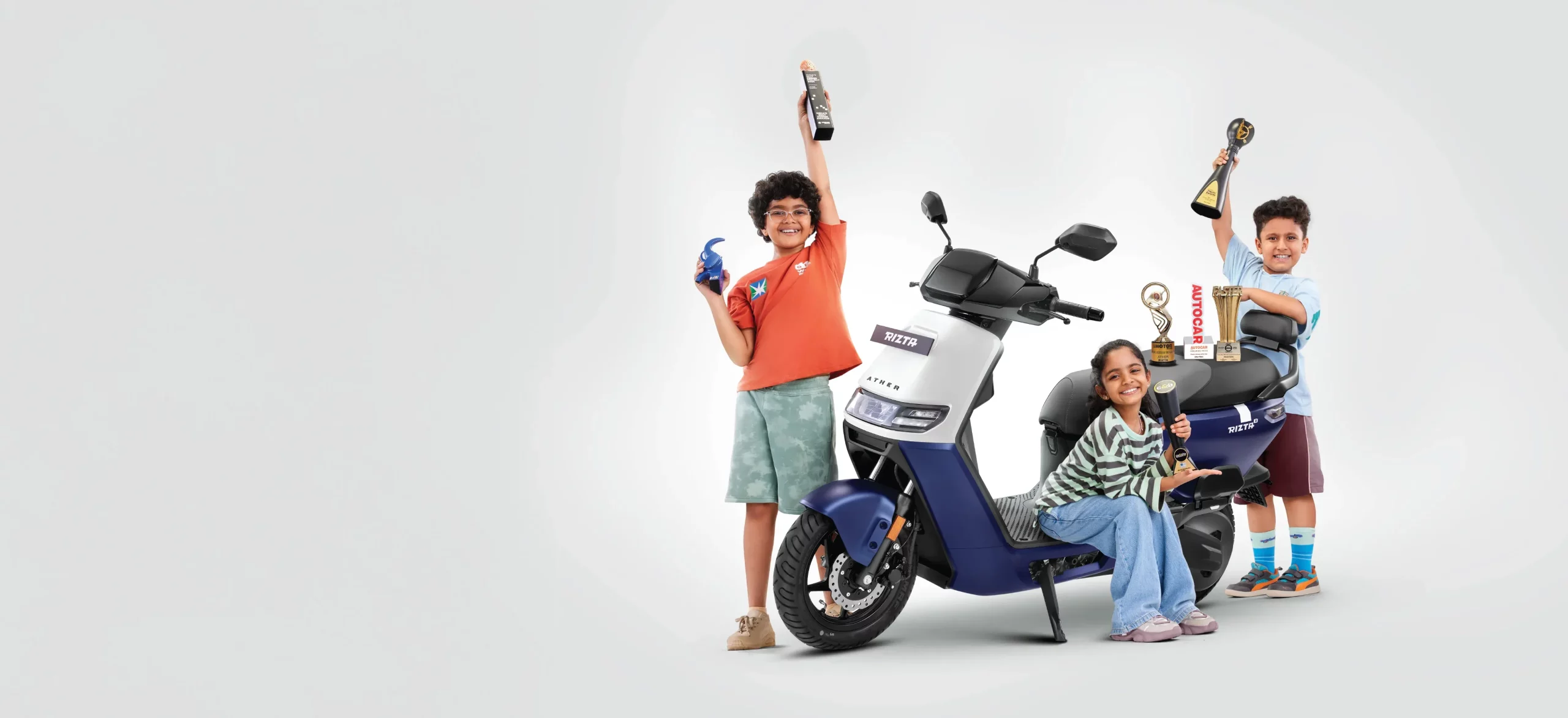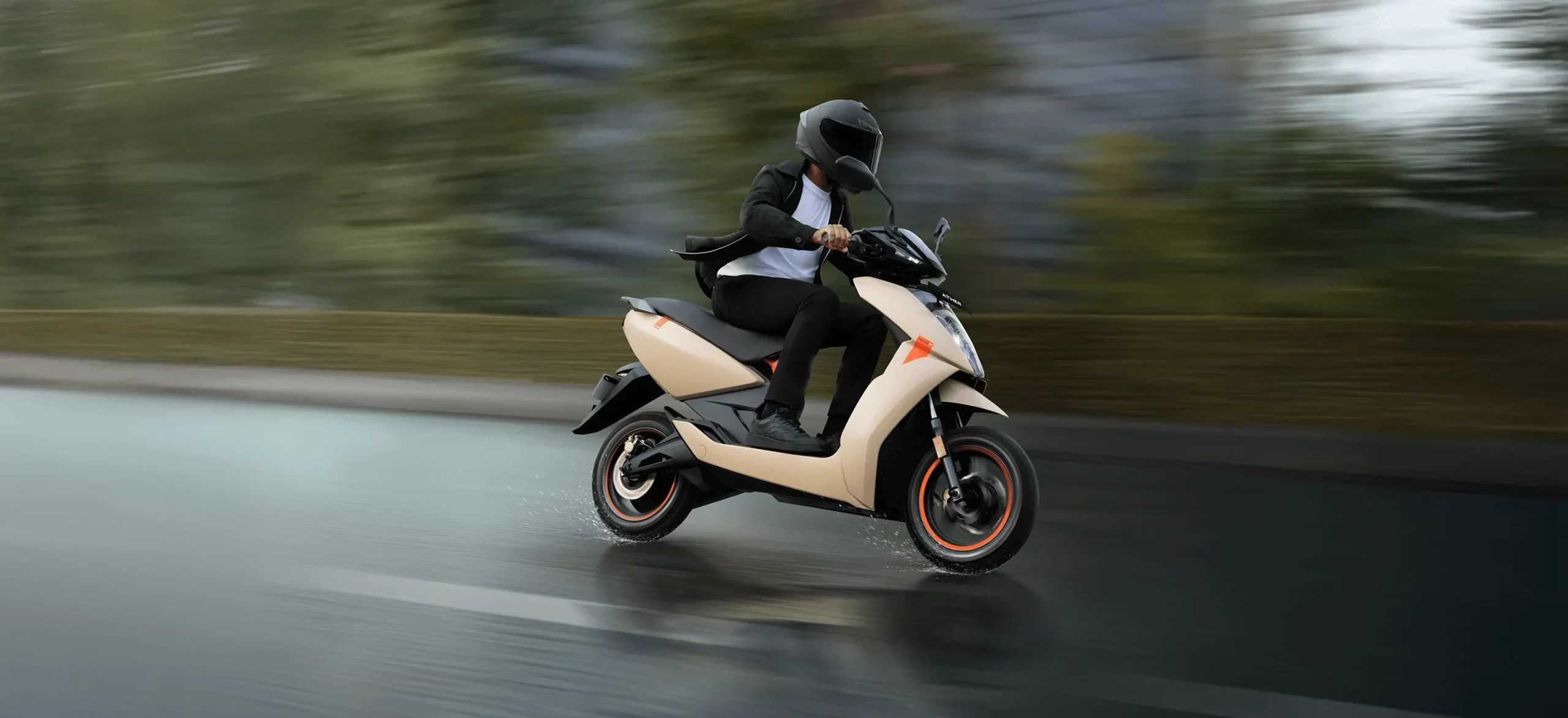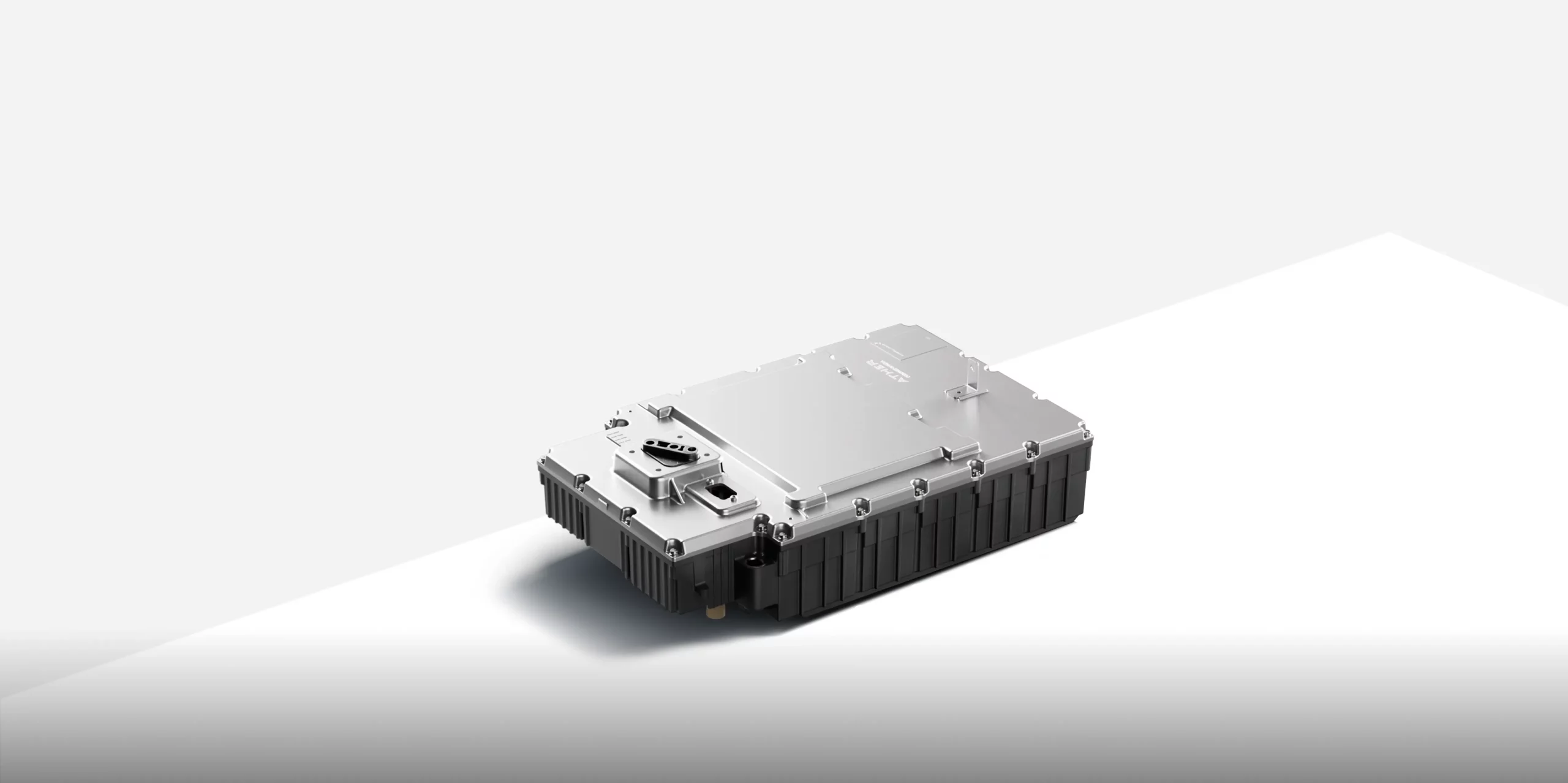Ather’s EV Scale-Up: Transforming India’s Two-Wheeler Economics
India’s two-wheeler market—over 70% of 200 million vehicles and one-third of transport emissions—stands at a tipping point. Ather Energy’s plan to ramp to 500,000 annual electric scooters by March 2027 isn’t just about volume; it’s a strategic lever to drive cost parity, unlock new revenue streams, and accelerate decarbonization.
1. Business Impact Overview
Executives should care because Ather’s scale-up delivers:
- Sub-₹1/km operating cost—40% below petrol scooters, boosting ROI for fleet and retail customers.
- ₹105 million capex program—split ₹60 M for factory expansion, ₹35 M R&D, ₹10 M digital initiatives.
- Robust charging network—4,000+ chargers (50 kW depot, 10 kW public) reducing customer range anxiety.
- Supplier de-risking—20% cheaper LFP battery packs, diversified magnet sourcing, 90% battery recycling.
2. Production Ramp & Unit Economics
Ather’s third factory in Hosur, Tamil Nadu, features three 14,000-unit/month lines, targeting:
- Q3 2025: 100,000 units/year (8,300 units/month)
- Q2 2026: 250,000 units/year (20,800 units/month)
- Q1 2027: 500,000 units/year (41,600 units/month)
At 100k annual volume, pack costs run ₹25,000/unit; at 500k, they drop to ₹20,000 (20% savings). Overall manufacturing cost falls from ₹85,000 to ₹72,000, driving gross margins above 18% by 2027.

3. LFP Pivot & Supply-Chain Resilience
Shifting from NMC to LFP cells unlocks critical cost and safety advantages:
- Cost Delta: ~20% cheaper battery pack (<₹20,000 vs ₹25,000).
- Energy Density: 140 Wh/kg vs 160 Wh/kg, yielding a 130 km range vs 145 km—acceptable for 70% of urban commutes.
- Cell Suppliers: Primary contracts with China’s EVE Energy and India’s Sunrise Group for localized volume.
- End-of-Life: 90% material recovery via partnerships with GNR Lithium and Tenvia Recycling.
“Our LFP transition secures margins and supply stability,” says Tarun Mehta, Ather CEO.
4. Charging & Ecosystem Services
Ather’s 4,000-point network includes:
- Public 10 kW fast chargers every 15 km in metros.
- 50 kW depot chargers for fleet operators, enabling 80% charge in 35 minutes.
Ather also bundles financing (EMI plans with 1–3 year tenors), battery warranties, and usage-based insurance. Morgan Stanley analyst Shalini Gupta notes, “EV two-wheeler TCO parity by 2026 is within reach, driven by LFP and network scale.”

5. TCO & Adoption Metrics
Comparing Ather LFP scooters vs ICE:
| Metric | Ather LFP | Petrol Scooter |
|---|---|---|
| Operating Cost/km | ₹1.00 | ₹2.50 |
| Maintenance Cost/yr | ₹2,500 | ₹5,000 |
| Payback Period | 18 months | – |
Rizta sales: 102,000 units (July 2024–June 2025), highlighting that practical range and price (<₹1.25 lakh ex-showroom) drive mass appeal.

6. Actions for Business Leaders
- Evaluate Joint Ventures—co-invest in LFP cell lines to lock in cost and volume.
- Integrate Charging Solutions—partner on depot and public hubs to secure fleet deals.
- Bundle Financial Services—offer EMI, battery-as-a-service, and usage insurance via digital platforms.
- Pilot Industrial Fleets—target ≤24-month TCO payback in Tier-2/3 cities; track uptime, cost per km.
7. Next Steps & Contact
To explore collaboration with Ather’s strategic partnerships team or schedule an executive briefing, contact partners@atherenergy.com or visit atherenergy.com/business.
Leave a Reply